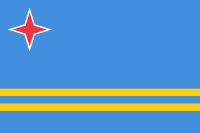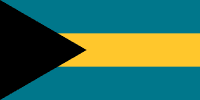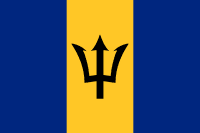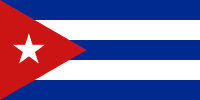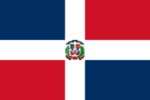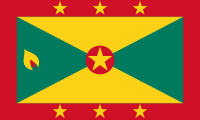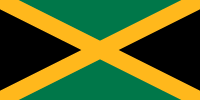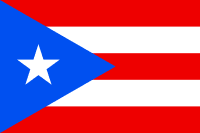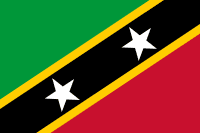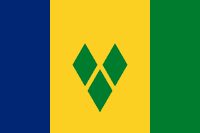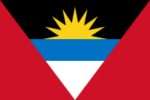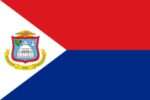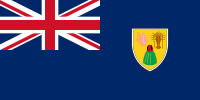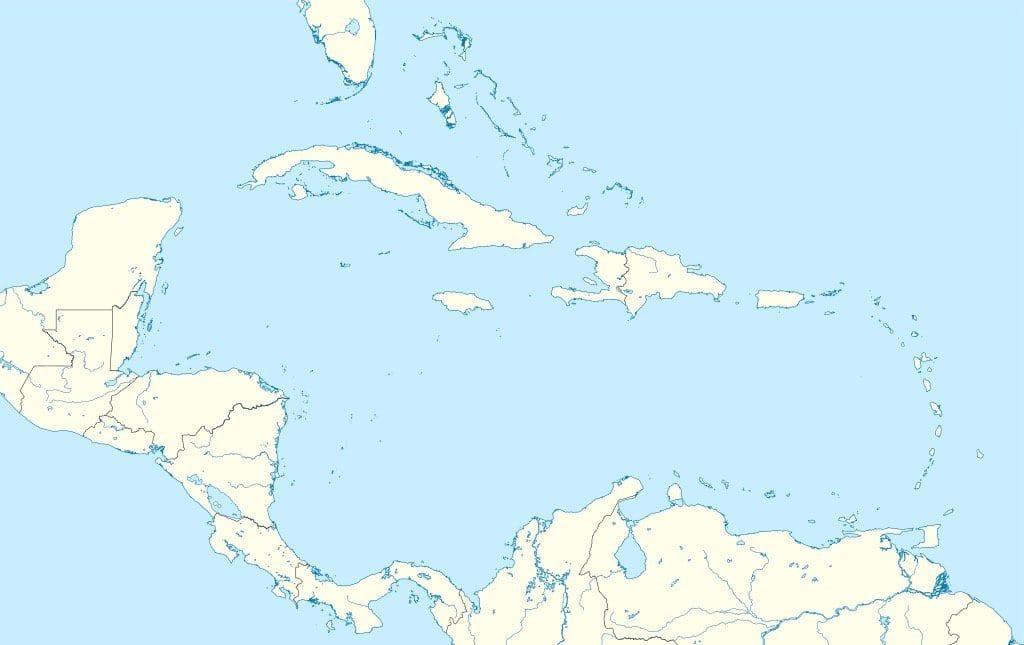 Caribbean insurance. Many insurers operate in Caribbean area.
Caribbean insurance. Many insurers operate in Caribbean area.
Here are some examples:
Caribbean insurance company logos, country by country
List of Caribbean Insurance Companies Logos and Names. Click on the flag of each country. This will take you to the insurers in that region. You can find the best insurer based on costs, coverage, customer service, and claim support. Find insurers that you trust.
Top Caribbean Insurance Providers: Find the Best Coverage
- Sagicor – Sagicor is a leading financial services company with a presence in 20 countries across the region. They offer a wide range of products, including life, health, and general insurance.
- Guardian Group – Guardian Group is a Caribbean insurer and financial services company with operations in 21 countries across the region. They offer products such as life, health, property, and liability insurance.
- Colonial Group International – Colonial Group International is an insurance company with operations in Bermuda, the Bahamas, the Cayman Islands, and the British Virgin Islands. They offer a range of products, including health, life, and property insurance.
- Massy United Insurance – Massy United Insurance is a leading insurer with operations in several countries. They offer a range of products, including motor, home, and health insurance.
- NAGICO – NAGICO is a Caribbean insurer with operations in 19 countries across the region. They offer a range of products, including motor, property, and marine insurance.
Insurance Company Logos: Discover Trusted Insurers Easily
How to find a good insurer in the Caribbean.
Some tips:
1-Find the right coverage.
First, it’s important to gather information about the right coverage and obtain quotes from a variety of insurers as part of your overall selection process. To do this, begin by determining the type of coverage you need in order to make a proper comparison across multiple companies.
Now it’s time to research the types of insurers from which to obtain that coverage.
2- Check License Status
Insurers must be licensed by the country in which they sell insurance. For added peace of mind, be sure you’re buying coverage from a licensed provider in your area by checking with the department of insurance of your country, either online or by phone.
3- Check the financial stability of the insurers of Caribbean
Finding out the financial stability of an insurer. One can research a provider’s insurance, financial strength rating, in the websites of companies such as A.M. Best, Standard & Poor’s, Moody’s or Fitch. While most of the major insurers are safe bets, this is particularly helpful when considering smaller, lesser-known providers.
4- Customer service and claims support
Check consumer complaint ratios. Many departments of insurance websites publish consumer complaint ratios for insurance providers. A consumer complaint ratio indicates the number of complaints an insurer received for every 1,000 claims filed by its policyholders.
It is also a good idea to check a company’s complaint ratio in several other countries, as a company may have great ratings in one country but not-so-great ratings in another. For added protection, look for companies with low consumer complaint ratios in multiple countries.
Locate the insurer you trust
Health in Caribbean
Health in the Caribbean region varies across the different countries and territories. While there are common health challenges faced by many Caribbean nations, there are also variations in healthcare systems, access to services, and health outcomes. Here are some key points regarding health in this region:
- Healthcare Systems: The healthcare systems in the Caribbean range from well-developed systems in countries like Cuba, Barbados, and the Bahamas to more resource-constrained systems in some smaller island nations. Many countries have implemented universal healthcare or health insurance schemes to ensure access to essential healthcare services.
- Communicable Diseases: Communicable diseases such as dengue fever, Zika virus, chikungunya, and malaria are prevalent in some parts of the Caribbean. Additionally, sexually transmitted infections, including HIV/AIDS, are a significant concern. Efforts are made to strengthen surveillance, prevention, and control measures to combat these diseases.
- Non-communicable Diseases (NCDs): Non-communicable diseases such as cardiovascular diseases, diabetes, cancer, and chronic respiratory conditions are on the rise in the zone. Unhealthy lifestyles, including poor diets, physical inactivity, tobacco use, and excessive alcohol consumption, contribute to the increasing burden of NCDs. Governments and organizations are working on initiatives to promote healthy living and improve NCD prevention and management.
- Mental Health: Mental health issues are a growing concern in the Caribbean. The region faces challenges in terms of stigma, limited resources, and access to mental health services. Efforts are being made to improve mental health services, raise awareness, and promote mental well-being.
- Environmental Challenges: The Caribbean region is susceptible to natural disasters such as hurricanes, floods, and earthquakes. These events can have a significant impact on public health, including injuries, displacement, and the spread of diseases in the aftermath. Climate change also poses long-term health risks, including rising sea levels and increased temperatures.
- Health Workforce and Migration: The availability and distribution of healthcare professionals in the zone can be a challenge. Some countries face shortages of doctors, nurses, and other healthcare workers. Migration of health professionals to countries with higher wages and better opportunities further exacerbates the workforce shortage in some nations.
- Health Inequalities: Inequities in health exist within and between countries in the area. Disparities in access to healthcare, health outcomes, and social determinants of health contribute to health inequalities. Vulnerable populations, including the poor, rural communities, and marginalized groups, often face greater challenges in accessing healthcare services.
- Regional Collaboration: Collaboration among Caribbean nations is essential to address common health challenges. The Caribbean Public Health Agency (CARPHA) and the Pan American Health Organization (PAHO) work with governments and stakeholders to promote health, coordinate responses to emergencies, and support public health initiatives.
Caribbean
Caribbean is a region that consists of the Caribbean Sea, its islands (most of which are enclosed by the sea), and the surrounding coasts. The region is southeast of the Gulf of Mexico and North America, east of Central America, and north of South America.
Situated largely on the Caribbean Plate, the region comprises more than 7,000 islands, islets, reefs, and cays. These islands generally form island arcs that delineate the eastern and northern edges of the Caribbean Sea.The Caribbean islands are part of the somewhat larger West Indies grouping, which consists of the Greater Antilles on the north, the Lesser Antilles on the south and east (including the Leeward Antilles), the Bahamas and the Turks and Caicos Islands (the Lucayan Archipelago, which does not border the Caribbean Sea) —and countries such as Belize in Central America and Guyana in South America, which are historically and culturally part of the British West Indies.Geopolitically, the Caribbean islands are usually regarded as a subregion of North America and are organized into 30 territories, including sovereign states, overseas departments, and dependenciesBiodiversity.
The Caribbean islands are remarkable for the diversity of their animals, fungi and plants, and have been classified as one of Conservation International’s biodiversity hotspots because of their exceptionally diverse terrestrial and marine ecosystems, ranging from Montane cloud forests to cactus scrublands.The region also contains about 8% (by surface area) of the world’s coral reefs along with extensive seagrass meadows, both of which are frequently found in the shallow marine waters bordering island and continental coasts of the region.
From Wikipedia
View the logos of insurance companies throughout the world.
World Insurance Companies Logos – List of Caribbean Insurance Companies Logos and Names
Go to American Central Insurance


